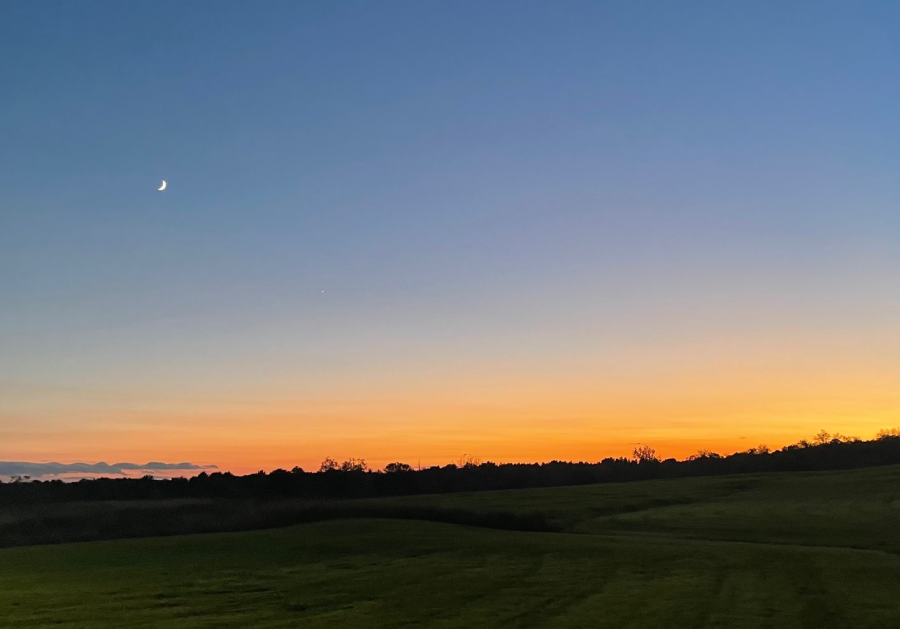Daylight Saving Is Terrible. Let Me Tell You About It.
It’s no secret that in 2021, the reputation of Daylight Saving Time is commonly raked through the mud. How and why on Earth can something so unconditionally hated, so universally accepted in every way as just plain bad, still exist?
Every fall, seventy countries worldwide set their clocks back one hour. The true history of this practice is actually quite interesting, though many Americans when asked about the reason for their extra hour of sleep each year would say something along the lines of “something with the farmers…” According to the Rochester Institute of Technology (RIT), Daylight Saving Time (DST) was first used during World War I in Germany, as a way to conserve power for lighting by setting the clocks one hour forward. This practice began in 1916 and was adopted by the US in 1918. The 1918 Bill suggested a seasonal time shift, and the idea lasted seven months before the Bill was repealed. However, DST was brought back by President Franklin Roosevelt during (you guessed it) World War II. Formerly known as ‘War Time’, the practice only lasted from 1942-1945. DST was brought back officially in 1966 in the Uniform Time Act, and though it has undergone a few date changes for mostly economic reasons, we still practice Daylight Savings today in 2021.
Time and time again, the conversation about DST is brought up, usually twice a year respectively, and every year the consensus is overwhelmingly one-sided: Daylight Savings is just not good. Scientifically, the practice comes with a shocking amount of negative impacts. To name a few, DST is associated with sleep deprivation, cardiovascular morbidity, an increase in car accidents, higher risk of heart attack or stroke, and simple general confusion. Seasonal affective disorder (SAD) and other mental illnesses have been proven to be exacerbated by DST; an influential study from 2008 showed a significant increase in suicide rates in the weeks following the fall time shift. Daylight Saving Time essentially sends the entire population into a universal jet-lag adjacent daze for a few days or even weeks.
At this point, you may be wondering, “The benefits of Daylight Savings must be really crazy. What could possibly be the appeal of something with such terrible side effects?”
Honestly, the list of pros doesn’t outweigh the list of cons. You may hear that it has to do with power conservation, or helping the environment, or making Americans more active. Studies have shown, year after year, that none of this is true. Farmers have also been against DST since the start, so that rumor is false, as well. The real reason for changing the clocks?
Money. The previously mentioned “economic reasons” for changing the dates that DST extends between have almost all been lobbyists for different corporations, arguing that an extra week or month would bring them much larger profits. Once in 2005, DST was extended to include Halloween, likely because an extra hour of sunlight for trick or treating would bring candy lobbyists more revenue.
Though it may be interesting, Daylight Saving Time is just awful.
If not for any other reason, if you’re a teenager like me, you don’t like losing sleep. You don’t like the anxiety of remembering to change your clock so as to not be late for school. You don’t like feeling like it’s midnight at 5:30 p.m. You don’t like eating both breakfast and dinner in the dark. You don’t like driving in the dark. These are the real reasons I have a deep (probably too deep) dislike for changing my clock. So, for the next few weeks, ask me about my circadian rhythm, and you’ll get a passionate answer.
